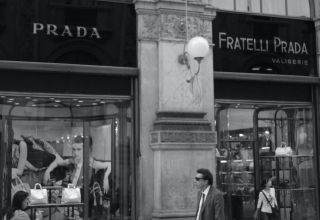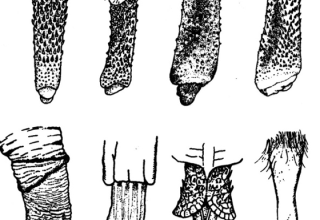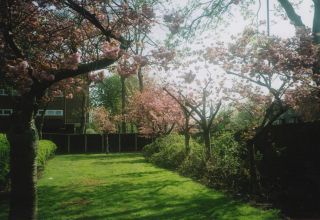12 days of Christmas: A biofriendly wax in a pear tree

Alas, not much to say on partridges or trees this Christmas, but there is good news for your pear and apple crumbles, pear tarts, and poached pears alike.
Improving fruit preservation
To keep them fresh, most hard fruits, like apples and pears, are covered in an artificial wax coating before getting shipped off to the supermarket. There is generally a negative response to this artificial wax coating, with many finding the unnatural preservative chemicals off-putting, despite the ‘Food Grade’ safe certificate stickers.
Unfortunately, the ‘Food Grade’ safe certificate doesn’t indicate environmental friendliness, and petroleum-based waxes are not currently developed from particularly sustainable sources. However, recent research presented in the Journal of Food Science and Technology International (FSTI) brings good news for the wax-coating-naysayers. Scientists from Universidade Federal de Sao Carlos in Brazil have found a new combination of materials to use to replace wax: Chitosan and montmorillonite nanocomposites. This recipe is proposed to be more biocompatible and biodegradable, whilst also having antimicrobial properties.
Chitosan and montmorillonite explained
Chitosan is a biopolymer developed from chitin – a naturally occurring material which you may remember from plant cell biology. Chitosan has characteristics which are perfect for an edible coating: it is a great adhesive, is fully biodegradable and is non-toxic. There is, however, some concern about chitosan interacting with water which could reduce its ability to preserve fruit. The research presented in the FSTI journal shows findings that chitosan can be improved with montmorillonite.
The addition of montmorillonite (a mineral found in clay) improves the hydrophilic behaviour, barrier, and mechanical properties of chitosan. Montmorillonite has not yet been approved as food-grade safe but it is a low-toxicity material, and like chitosan, is extracted from natural sources. Overall it remains more environmentally friendly than petroleum wax coatings.
Hooray for supermarket pears!







